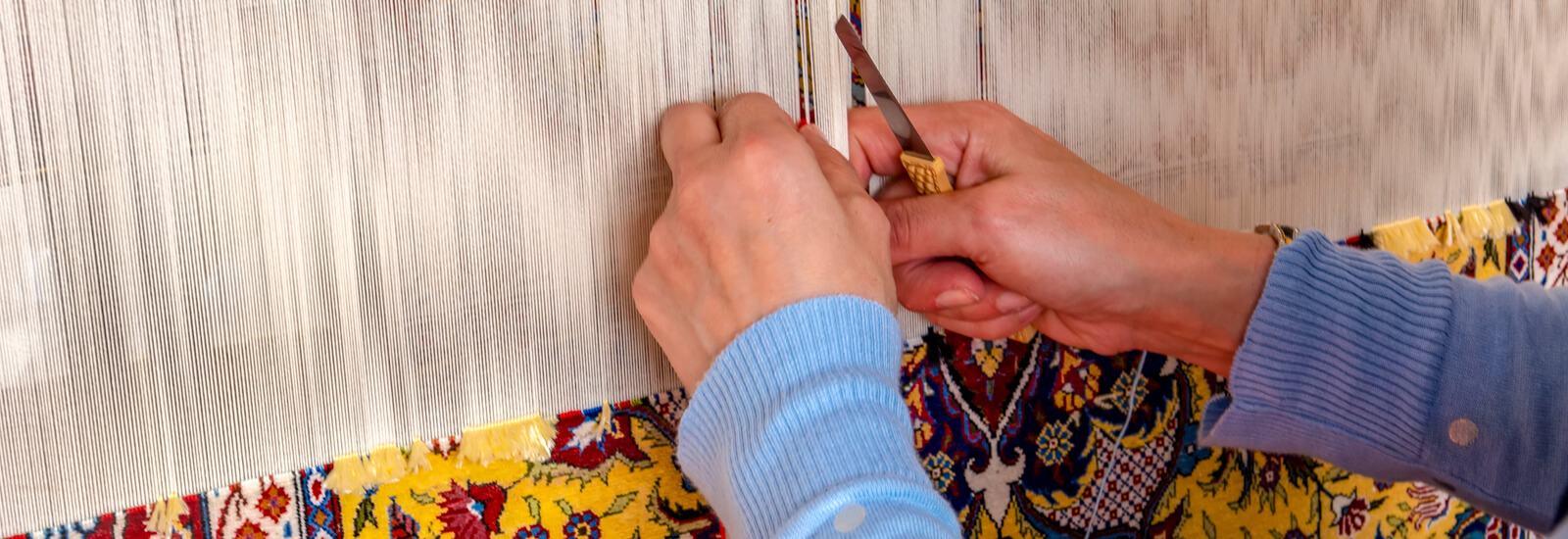Your Cart Is Empty

What are the Differences Between Carpet and Rug?
What are the Differences Between Carpet and Rug?
Contrary to popular belief, a carpet is not a rug, and a rug is not a carpet. Carpets and rugs are completely different due to the materials used in the production and the final structure of the product. One of the most important elements that reflect the culture and values of a society is undoubtedly handicrafts. More importantly, handicrafts play a leading role in transferring these values to the next generation. One of the most important handicrafts reflecting the culture, material, and spiritual values of Turkish society is handmade carpets, rugs, and pillows, which have become symbols of weaving and weaving.
What is Carpet?
The history of carpets is as old as the history of humanity. Since the first day it appeared, people have generally used them to lay on the floor or anything or stretch them on the wall for decoration purposes. They are called short pile, knitted and woven blankets with or without embroidery, mostly made of wool, sometimes silk. Although it is said that the first known carpets date back to the 3rd - 5th century BC, the place where the carpet was most widely produced and spread to the world is the Seljuk lands, Anatolia and Iran. After the Seljuks seized Anatolia, the carpet culture became widespread here, and especially Konya and its surroundings became the carpet and rug center of the period.
What is Kilim?
Lint-free mats (same on both sides) are made with vertical threads called the warp, and horizontal threads called weft or weft are called rugs or kilim. Plain woven mats made by advancing the threads horizontally or vertically or by throwing a few warps are also called kilims. Geometric shapes are generally used in kilims due to the weaving technique, and while these geometric shapes are used, most colors such as blue, orange, green, dark blue, red, pink are often preferred.
Differences Between Carpet and Rug
- The way my carpet proxy is made is different from each other.
- While carpets are produced as thick fabrics, rugs are thinner.
- Rugs are hand knitted with traditional techniques, so it is not possible to come across them frequently in every house today.
- While carpets have wide and long dimensions, rugs have relatively smaller dimensions as they are mostly produced for decorative purposes.
- The carpet is produced by the weaving method and the kilim is produced by the knitting method.
- In carpet making, double knots are made and cut with scissors. This process is applied to each loop.
- On a 1x1 m silk carpet, one million stitches are cast on average.
- It usually takes 1 month to make kilim rugs, while weaving a wool rug can take 4-5 months. Silk carpet lasts at least 1 year.
- While the patterns are symmetrical on the rug, symmetry is not sought on the rug.
- Rugs are cheaper than carpets